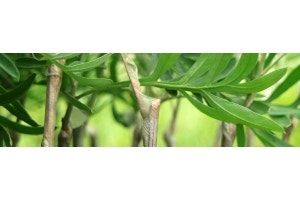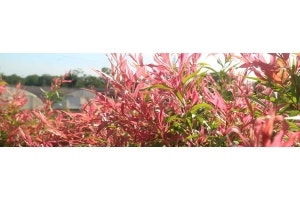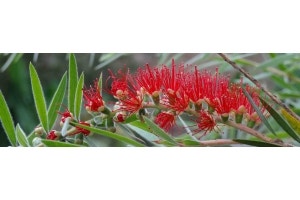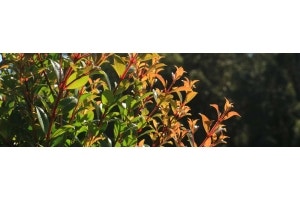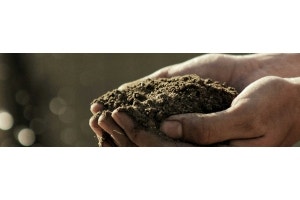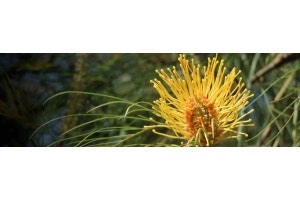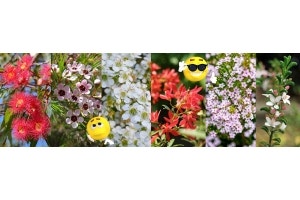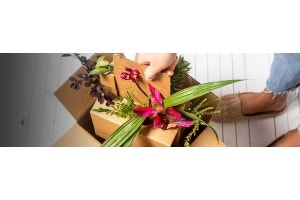
Top plants for clay soil
Want to ditch the shovel and plant a garden? There's a surprising range of plants suited to clay soil, from groundcovers to feature trees. Many favourite native plants are ideal, they're naturally exposed to prolonged periods of rain followed by drought. Improving the condition of your soil before you plant will increase the range of plants you are able to grow, and give clay-loving plants a better start in life. You can find out how to do that here in our blog How to Garden in Clay Soil.
Ground covers
Brachyscome (cut-leaf daisy) and Scaveola (fan flower) are perfect for a sunny location and feature masses of flowers spring and summer. For a shady spot try native violets too. Bauhinia corymbosa (orchid vine) grows happily in dense soil and is super hardy, with loads of pink-orchid like flowers. Groundcover grevilleas love exposed sunny sites, and help shade the soil from the worst the weather can throw at it. Plant them to control weeds and prevent erosion on hard-to-reach embankments.
Grasses
Dianella (flax lily) are compact-growing native grasses suited to shady locations, perfect for borders and under-planting. They shoot up long stems of delicate starry blue flowers which definitely earn them a place in any garden border.
Lomandra, Festuca glauca (blue fescue) and Ficinia (knobby club rush) are tough grasses and all can tolerate both wet and dry conditions, and full sun.
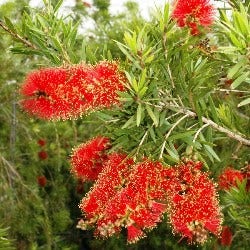
Small Shrubs
Callistemons absolutely thrive in clay soil and burst to life with bottle brush flowers spring and summer. Lower growing varieties include Little John, Rosy Morn, and Firebrand; there's even groundcover kinds for bottlebrushes at all layers of the garden bed! Formal borders and hedges can be created using Westringia (coastal rosemary). Westringia are hardy, low maintenance plants suited to dry climates and a range of soils. Low growing forms suited to borders include Aussie Box® & GREY BOX™; for taller hedges try fine-leaved Wynyabbie Gem or Westringia fruticosa, the species form. Leptospermum (tea trees) are shrubby natives, open in habit, with very fine slender leaves; their clusters of tiny flowers in shades of white to deep pink seem to completely cover the branches in season. Unlike many natives which need free-draining sandy soils, they don't seem to mind a heavier soil and enjoy the access to water. For cottage-style gardens plant lush-growing hydrangeas in shaded areas (with plenty of organic matter to keep that moisture in the soil), and roses and buddleia in sunny locations.
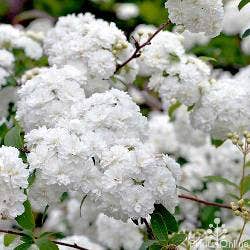
Large shrubs
Banksia and Grevillea species prefer dry soil, so if you live in an area with low rainfall, these shrubs are ideal. Plant as a feature or screening tree. Plant evergreen Viburnum for big bold hedges and feature shrubs - we like tinus for its white clusters of flowers which attract beneficial pollinators; and for a rambling cottage feel, white-flowered spiraea (May bush), more delicate of leaf.
Flowering Trees
Plant larger-growing callistemon varieties like favourites King's Park Special, Dawson River Weeper, and Candy Pink for dappled shade and bright flowering colour in red, white, and pink. Hymenosporum (native frangipani) are tall feature trees with scented golden-yellow flowers and glossy dark leaves, suited to full sun and partly shaded locations. Lagerstroemia (crepe myrtles) are a great choice for gardeners looking to add flowering colour in the lilac-rose pink-white palette. Many varieties have rich bronze autumn leaf colour too.
Climbers
Native Pandorea varieties perform really well in clay soil and once established will tolerate prolonged dry periods (although they'll look and flower better with some watering). For lots of flowers in clay soils, you can't go past roses. Climbing banksiae roses will grow happily in clay.






















